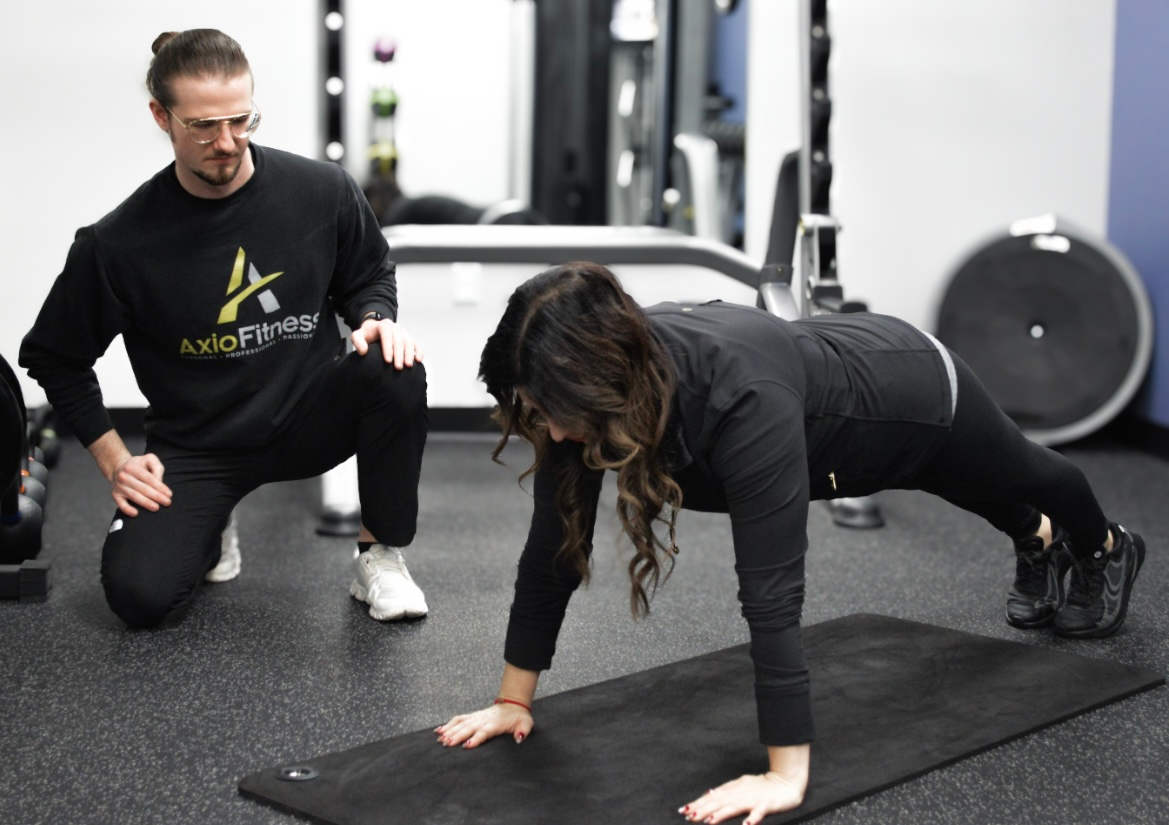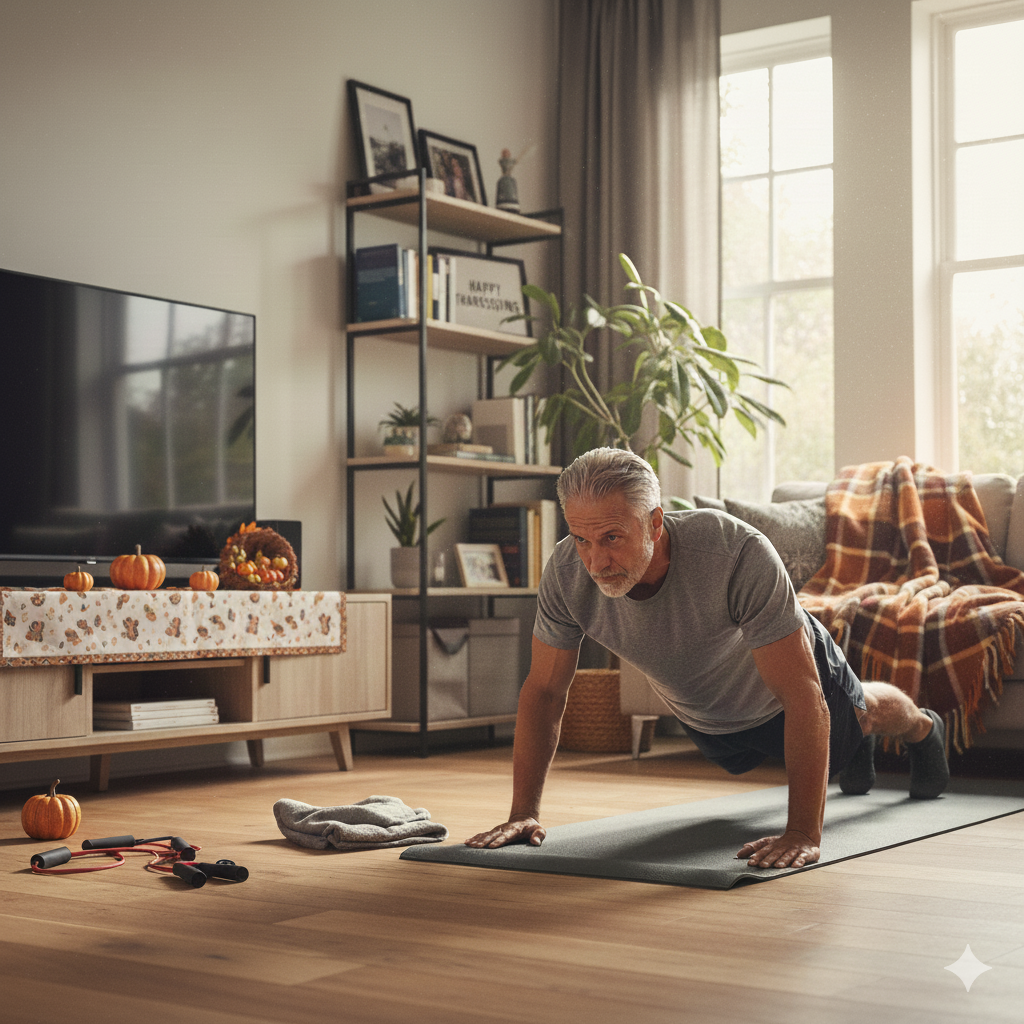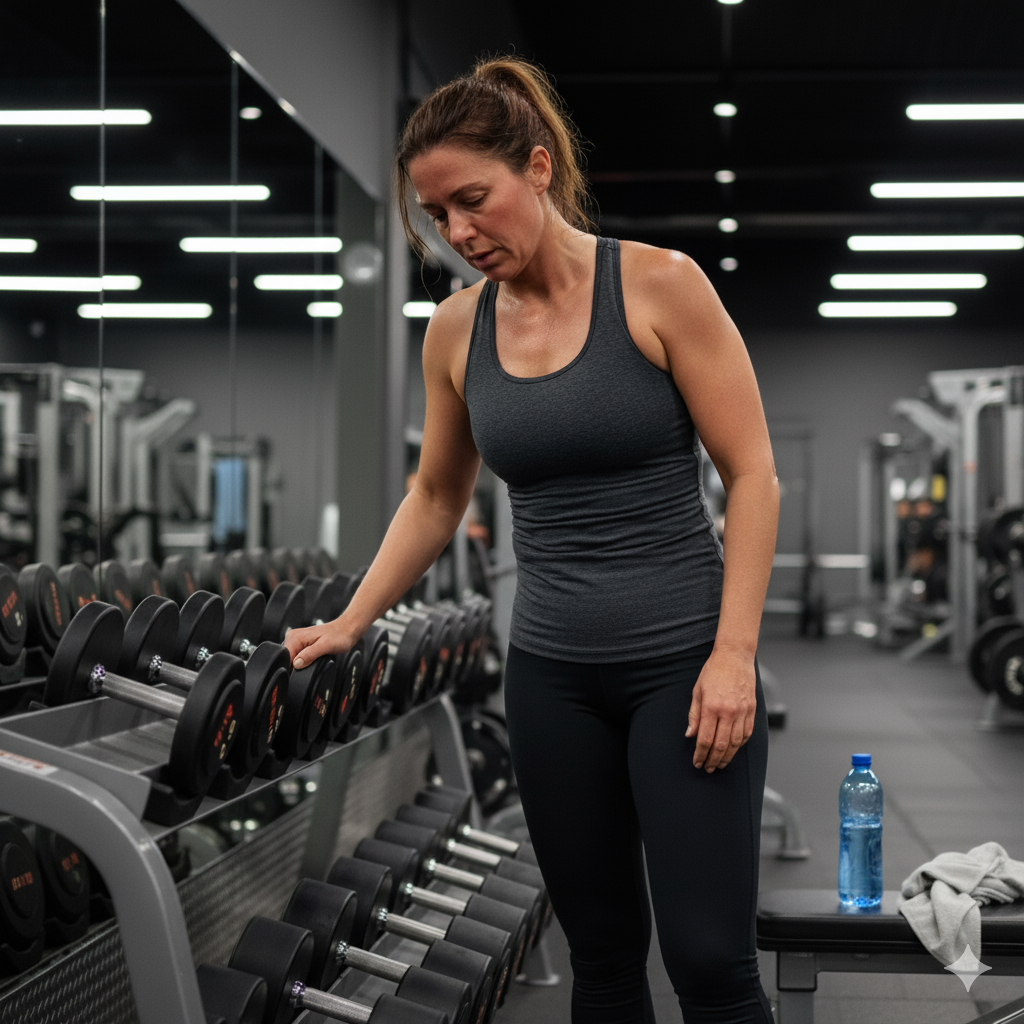The Importance of Core Strength: More Than Just Abs
March 20, 2025

When most people think of core strength, they likely picture well-defined abs or the "six-pack" look. While aesthetics can be a motivating factor for many, the importance of a strong core goes far beyond just appearance. Core strength is vital for overall health, physical performance, and injury prevention. Whether you're an athlete or someone simply looking to improve daily function, understanding and building core strength is a key factor for a healthier, more active lifestyle.
What is Core Strength?
Your core consists of the muscles in your abdomen, lower back, hips, and pelvis. These muscles work together to support your spine, maintain your balance, and help you move efficiently. When we talk about "core strength," we refer to the ability of these muscles to work together to stabilize and support your body, especially during movement.
While your abdominals are a part of your core, your lower back, obliques (side muscles), and glutes (buttocks) play just as important roles. This interconnected system of muscles allows for better posture, proper alignment, and smooth, controlled movement during physical activity.
Here are Four Reasons Why Core Strength is Important:
Improved Posture
Having a strong core is crucial for maintaining good posture. When your core muscles are weak, other muscles in your body, such as those in your back and shoulders, may compensate for the lack of stability, leading to poor posture. Over time, this can cause discomfort and increase the risk of strain or injury.
Better Balance and Stability
Your core is central to your body's ability to balance and stabilize itself. If you're engaging in physical activities such as running, cycling, or even walking, your core muscles are responsible for helping you stay upright and maintain control over your movements. Without a strong core, you may feel unstable or off-balance, increasing the risk of falls and injuries.
3. Injury Prevention
One of the most important reasons to focus on core strength is injury prevention. A weak core leaves the body vulnerable to strains, sprains, and overuse injuries. For instance, lower back pain is a common issue associated with weak core muscles. When your core isn't strong enough to support your spine and pelvis, excess stress is placed on other parts of your body, particularly your lower back.
By strengthening your core, you provide better support for your spine and joints, reducing the risk of injury during everyday activities, exercise, or sports.
4. Everyday Functionality
Core strength isn’t just about performance in sports or fitness. It directly affects your ability to perform everyday tasks with ease. From lifting groceries to bending over to tie your shoes, your core muscles are engaged in nearly every movement you make. The stronger your core, the easier and safer these everyday actions become.
For seniors or people with mobility challenges, building core strength can also be a game-changer. A strong core improves balance, reduces the risk of falls, and can help maintain independence longer into life.
If you need some accountability or guidance to make core strength a priority in your fitness routine, Axio Fitness is here to help!

Share Post
Our Recent Blogs




Leave a Reply
Your email address will not be published.
Required fields are marked *

